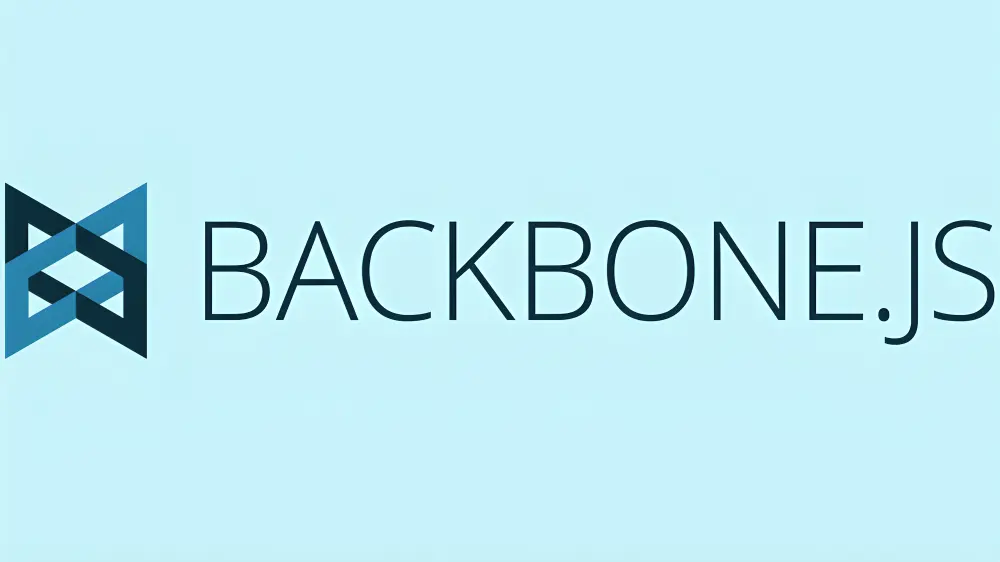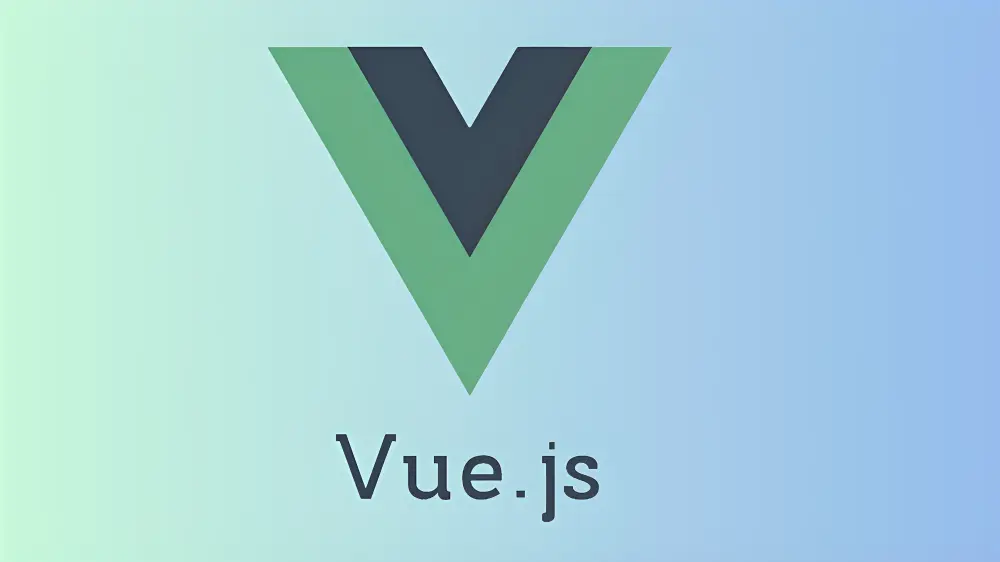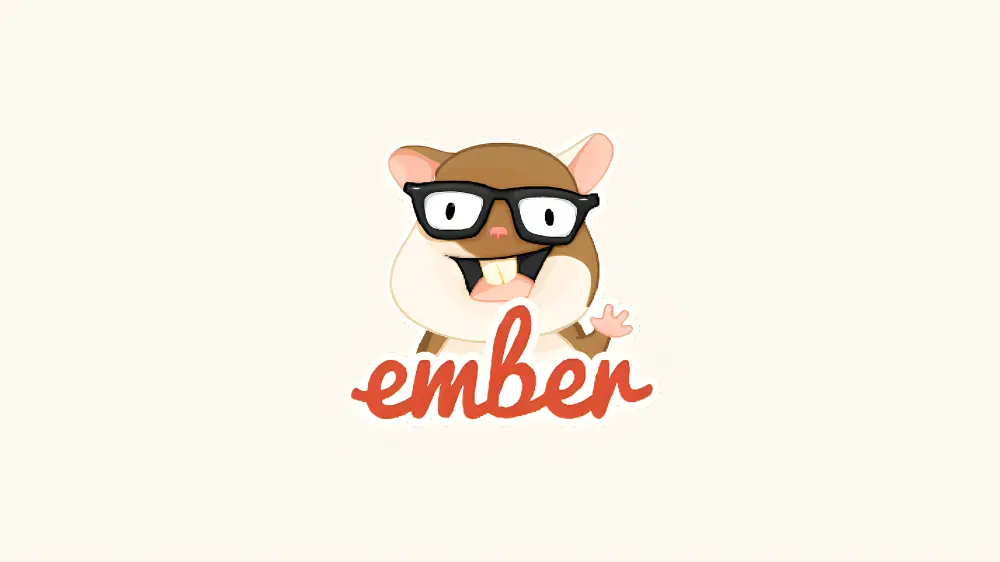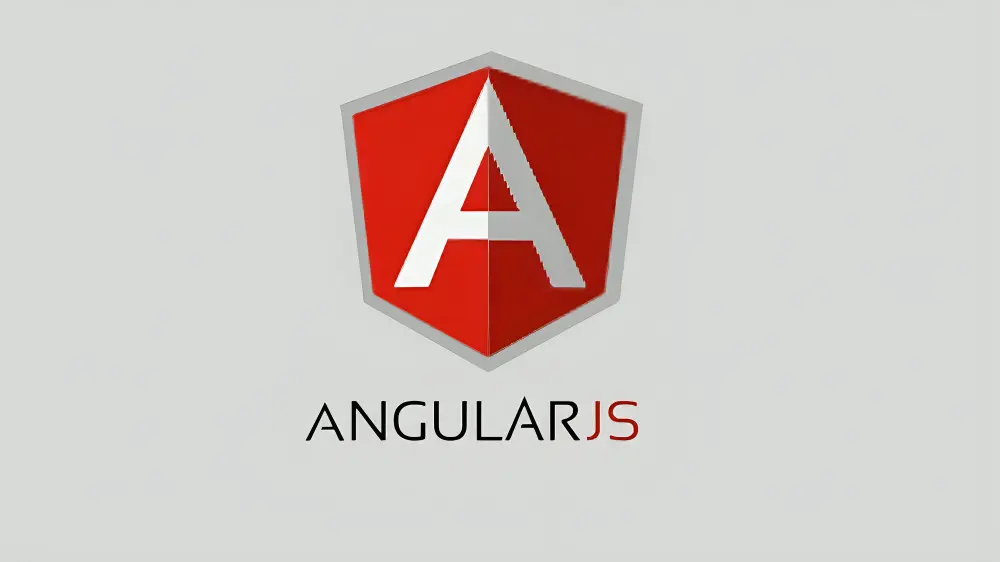JavaScript is no longer limited to browsers and is now widely employed in web development. The use of strong backend JavaScript frameworks has enabled the same language used for client-side work to be employed in creating dependable server-side applications. In this article, the advantages of several well-known backend JavaScript frameworks will be covered for beginners, and an overview of them will be given.
What is a JavaScript Framework?
All you need to start from scratch when building a web application is JavaScript. It has every library required to build any feature required for your application to run as smoothly as possible. The concept of a template, however, streamlines the building process because it can be tedious and stressful to develop these features each time you need to build an application.
Similar to a collection of templates, frameworks are used to build specific application features. The ability to quickly and effectively build upon the preexisting structure rather than starting from scratch when creating a feature aids developers in creating even more complex applications. A JavaScript framework is also a grouping of JavaScript libraries that are used to generate pre-written code for common programming tasks.
What is JavaScript Framework Used For?
JavaScript frameworks facilitate and accelerate the development of web applications. They help developers create complex applications more quickly and effectively by providing pre-written code and an organized work environment. Frameworks, for example, can manage data, create user interfaces, and facilitate server-side communication. Overall, JavaScript frameworks make web development more accessible to developers of all skill levels.
Best Javascript frameworks in 2024
- React: One of the most popular front-end javascript libraries and UI toolkits is called React. React can be used as a starting point for developing single-page or mobile applications. However building React apps often requires utilizing other frameworks for state management, navigation, and API connection because React is primarily focused on data presentation to the DOM.
Features:
- Versatility: React provides a solid framework for developing a variety of applications, including single-page and mobile ones.
- Efficiency Boost: Its virtual DOM reduces the amount of time needed to recreate the layout, greatly improving performance.
- Server-side Rendering: React facilitates server-side rendering, which speeds up web applications by retrieving information before the creation of client-side views.


- Backbone.Js: Backbone.js is a popular JavaScript package. Web applications benefit from the proper structure provided by js, which grants models significant key-value binding and customized events. Views, declarative event handling, and functions are all included in libraries of extended APIs. It communicates with the current API seamlessly by using a RESTful JSON user interface. Because it only uses the jQuery and Underscore.js JS libraries, it is lightweight.
Features:
- Structural Foundation: Backbone.js offers custom events and key-value binding in a well-structured web application.
- RESTful JSON Interface: A RESTful JSON interface facilitates seamless interaction with current APIs.
- Backbone Layout Manager: By using preconfigured viewpoints, developers can handle complex code and challenges more easily.


- Vue.js: One of the best javascript frameworks for creating single-page apps and user interfaces is called Vue.js. This is another popular JavaScript front-end framework, right after React. The progressive JavaScript framework is another name for it. The design of Vue.js is incrementally flexible, emphasizing component composition and expressive rendering. Using HTML-based template syntax, Vue.js combines the templates into incredibly efficient JavaScript code to link data to the displayed page object model.
Features:
- Easy to use: Vue.js is well known for being a fuss-free, simple-to-understand framework. Like yoga for JavaScript, it’s calming and beneficial to mental well-being.
- Lightweight Framework: Because Vue.js is so lightweight, it loads web pages quickly.
- One-Way Data Flow: Vue.js improves developer experience by streamlining application reasoning with its one-way data flow approach.


- Ember.js: In 2011, Yehuda Katz created the component-based JavaScript framework Ember. 2016 saw the release of Ember‘s stable version. Ember’s goal is to make web development more enjoyable and productive by providing a comprehensive set of tools that cover each step of the process, such as a display layer, router, and data management library.
Features:
- Powerful Data Management: Ember makes data loading and manipulation easier with its robust data management system.
- Convention Over Configuration: Ember is simple to use and understand because it prioritizes conventions over chaos.
- Router Navigator: Its routing system maps URLs to routes like a GPS for your web application, seamlessly guiding it on its journey.


- Angular: How this AngularJS framework handles the transfer of data from the server to the browser sets it apart from other JavaScript frameworks. Angular, one of the most popular JavaScript frameworks, provides exact NativeScript for native tools and an Ionic structure for hybrid tools. Angular’s well-written code with fewer errors makes it the best JS framework for 2022.
Features:
- Efficient Data Flow: The efficient data flow of Angular’s architecture improves the overall performance of web applications.
- Native and Hybrid Hero: Angular gives you superpowers across platforms by supporting both native and hybrid applications, so it’s not just limited to web apps.
- Progressive API: Angular’s top ranking is a result of its cross-platform data interaction, intuitive API, and instantaneous bug detection.


How to Choose the Best Backend JavaScript Framework?
- Performance Benchmarks: Seek out performance benchmarks and real-world use cases that show the framework can manage the load and traffic you anticipate if performance is a crucial consideration.
- Compatibility: Consider how well the framework integrates with other technologies you plan to use, such as front-end libraries, databases, and external services. Compatibility and seamless integration can help to streamline development processes.
- Cost and Licensing: Remember the implications for licensing and costs. Although a lot of JavaScript backend frameworks are available for free, it’s important to read the licensing details. Make sure the license fits the budget and objectives of your project.
- Define your project requirements: First, identify the unique requirements of your project above all else. Determine whether it is an API service, a content management system, a real-time application, or another type of system altogether. Define the project objectives, scalability requirements, and any specific features needed.
- Consider the learning curve: It is important to look at each framework’s corresponding learning curve. If you or your teams are already familiar with a particular framework, you may find the fastest path to development that way. Feel free to switch to a new one, though, if it better suits the needs of your project.
- Performance and Scalability: You should take your application’s performance requirements into account. In case you require real-time capabilities or need to manage multiple connections simultaneously, Node.js and frameworks such as Sails.js or Meteor could be excellent choices. If a lightweight and efficient framework is needed, Koa or Restify are good options.
- Community and Ecosystem: The critical aspect is the health of a framework’s ecosystem and community. A thriving community ensures that there is a growing pool of developers who can assist with your project, along with ongoing support and a wealth of resources. Particularly vibrant communities are found for Node.js, Express.js, and Meteor.
Conclusion
React, Vue, Angular, Ember, and Backbone are examples of backend JavaScript frameworks that enable developers to quickly and effectively create scalable web applications. When selecting the best framework for development and performance, it is important to have a thorough understanding of project needs, learning curves, performance, and community support. Robust application architecture is ensured by compatibility and scalability.





